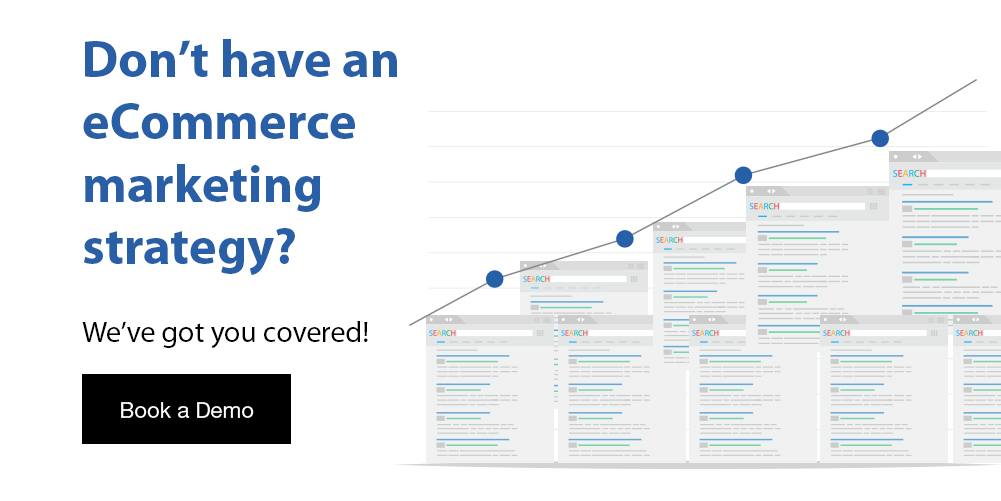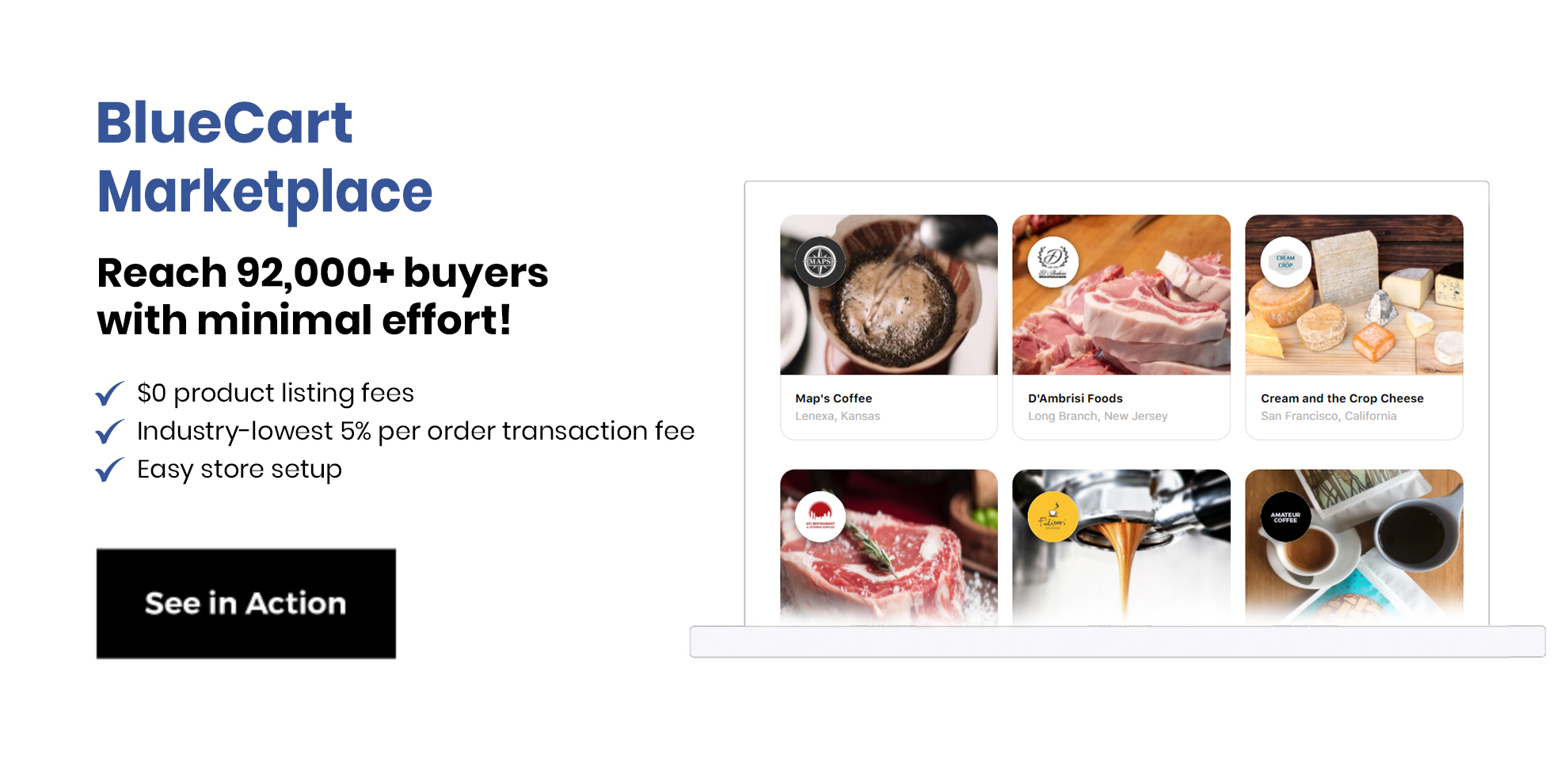Did you know that businesses rely on route planning to improve their efficiency each year? This includes reducing the number of miles driven, improving order accuracy, increasing productiveness, speeding up delivery times, and more. This can be done through a multi stop route planner or other tools. With efficient route planning and the use of reliable route optimization tools, companies can profit from the advantages that come with it all.
If you’re a small or medium-sized business owner, it’s likely that you have the following questions about route planning:
- How should I deal with high transportation costs?
- How can I provide better customer service?
- Is there a way to improve business productivity?
- What kind of safety precautions should I take for my drivers?
- How can I perform better planning?
Chances are that you’re looking for a solution that will help you eliminate the daily chaos that comes with creating a delivery route. It would also be ideal if that solution would help save time, track drivers, and maybe even manage them. Route planning is the solution you’re looking for.
Route optimization software and the market for it are consistently evolving. This is what makes it easy for people to create and manage their routes efficiently. Keep reading to learn all there is to know about the route planning process.

Fleet Route Management and Online Mapping
If you’re a Millennial or from an older generation, chances are that you’re familiar with MapQuest. It was the first well-known, free, online route planning application. Online mapping is used to get both text and graphical information such as maps and databases. These services are commonly used to plan trips, find landmarks, businesses, addresses, geographical positions, and more.
Since MapQuest, there have been many other internet companies like Google and Yahoo that started offering similar services. Some of the best companies use Global Positioning Systems (GPS) for wireless and moment-to-moment positioning data.
Route planning is also known as route mapping and route sequencing. It’s a process that is used to determine the route to take as you go from one place to another. If you’re going on a long trip and are unaware of the final location, you can find the best route with proper planning. The process of route planning provides an output of the ideal route to take to get to your destination.
Route Optimization Tool and Strategy
Each courier service has a specific way to engage in route planning. Here are the top three courier companies and how they do the job:
FedEx
A typical FedEx facility will deliver between 500 and 2,500 packages in a day. They will also have between 5 and 25 vehicles. Considering all of this, a big question is how do they plan out their delivery routes efficiently?
Most FedEx drivers deliver between 75 and 125 packages each day which is quite high. Here’s how they stay on top of their routes:
Sorting the Zip and Postal Code
Once FedEx processes the orders, they’re assigned to a specific route based on their zip or postal code. Route boundaries are also considered to be driver territories. They’re configured ahead of time to allow the FedEx locations to split up large geographical areas into various delivery zones. Drivers are then assigned to each zone, so they can get familiar with the route itself, the customers, and more.
Divide Packages Based On Driver Territory
Packages are sorted into piles based on their territories so that they’re ready for the drivers before they arrive. The drivers will load up their trucks only with the packages in their pile. Barcode scanners are often used to scan each package into their system during this process. This is what prevents errors in the loading process.
UPS
UPS uses a strategically optimized delivery route management process. They track the types of deliveries that need to be completed, the easiest locations to navigate, and their most efficient drivers. With these statistics, they can simplify the jobs of their drivers and deliver packages quickly. They also use route optimization apps, tracking devices, vehicle sensors, and more.
UPS Trains for Success
Part of what helps UPS be such a successful company is its training process. The employees and managers are interconnected. In fact, most UPS managers have been delivery drivers. This means that they’ve gone through the same or similar training as their employees.
During the delivery training process, drivers learn how to drive trucks with one hand, carry heavy parcels, walk on slippery surfaces, and more. This is how they understand what it’s like to be a delivery driver for UPS.
Keeping Track
UPS is known for carrying around a black handheld device. They use it to electronically record deliveries. It’s a Delivery Information Acquisition Device. The device tracks how long it takes for the driver to drop off the parcel, obtain a signature, and proceed to the next delivery.
Avoiding Left Turns
Did you know that most UPS drivers don’t make left turns? Many drivers can get to where they need to go by simply turning right. Drivers can save time by only turning right since there is less of a chance of having to wait at a red light.
UPS has also found that taking left turns can also waste gas. A considerable amount of gas is used inefficiently when drivers wait at red lights to turn left. The company has managed to reduce 100,000 metric tons of carbon emissions since 2004 by avoiding left turns. They’ve also saved 100 million gallons of gas.
USPS
USPS trucks are loaded in a strategic manner based on their routes. Mail is categorized by packages, flats including magazines, and letters or envelope mail. USPS drivers have the deliveries for each address at the top of their pile by the time they approach a mailbox.
They have a similar route planning process when it comes to delivering between rural, suburban, and metropolitan routes. Their technique is referred to as “stop-and-drop” and it’s what has kept USPS so efficient.
Straightaway is a route management app that was created for delivery drivers. It uses both artificial intelligence and data analytics to save USPS drivers time and to provide excellent customer service. Drivers can not only see everything from a bird’s eye view, but they can also add up to 500 stops on their delivery routes. The app also has built-in navigation.
In the app, USPS drivers will scan the package barcodes or the barcodes from their daily manifest and the app does the rest. An ideal route is planned out that also accounts for road closures, accidents, traffic, and more.

Frequently Asked Questions About Route Management App
Now that we’ve covered all there is to know about route planning, you might want to get a better idea about route management. Here are some of the commonly asked questions and their answers.
What is Route Management Software?
Route Management Software is similar to route planning software. It’s a tool that is used to resolve both Vehicle Routing Problems and Traveling Salesman Problems. This is done through the use of advanced computing algorithms. Route Management Software is designed to assist fleet managers in creating fast and cost-efficient routes within minutes. This can reduce costs, maximize efficiency, and also improve vehicle utilization.
Who benefits from Route Management Software?
Any business that offers delivery, pick-up, or field service activities can benefit from a route management software. It’s also ideal for businesses that own their own fleet. This software provides a solution for various routing scenarios and finds the most efficient one. Here are some businesses that use this kind of software:
- Courier companies
- Restaurants that provide food delivery and/or catering services
- Housekeeping services
- Medical equipment installation companies
- Waste collection
- Cable or satellite installation companies
There are many more businesses that can utilize the route management software to simplify their route planning process.
What are some benefits of using Route Management Software?
Using route management software comes with many benefits. Here are some to consider:
- Quick Route Planning: You can create and dispatch your routes within minutes
- Operating Costs: Reduce your payroll and fuel expenses
- Fleet and Team Optimization: Companies can get the most out of their fleet and workforce resources with fleet route management
- Boost in Performance: Take the most cost-efficient and time-efficient routes
- Customer Satisfaction: Increase customer loyalty while reducing late deliveries
What are route management best practices?
There are different stages to route management and each one has a different operating scope. Some best practices for route management include scheduling, route planning, dispatching, tracking, navigation, analysis, and audit. Each of these processes can be leveraged using digital tools like delivery route optimization planners, route management software, and more.
Here are some best practices:
- Track the driver performance and route process
- Avoid left turns and U-turns to minimize accident risk
- Evenly split the delivery workload between the drivers
- Monitor the driver’s behavior and speed
- Improve fleet efficiency and cut operating expenses
- Reduce the idle time between stops
- Ensure that your fleet is being used to its full capacity
What is the difference between manual route planning and a delivery route planner?
There are a few major differences between manual and delivery route planning. Here is a brief breakdown between the two:
Manual Route Planning
Manual route planning is a type of route optimization that is now considered to be outdated. It has been around since the 1960s. However, small businesses oftentimes choose to use manual workflows. The process of manual route planning starts when the order is received in-store or online.
In most cases, the order is written down on paper as a delivery invoice. The invoice will include delivery addresses and order notes such as delivery dates, times, and more. Paper records of these orders are stored in filing cabinets, folders, etc.
Delivery Route Planner
A delivery route planner is an app or kind of software that plans out delivery routes and schedules for couriers and/or delivery fleets. These planners are different from route planners such as Waze or Google Maps. In delivery route planners, drivers can add additional stops and optimize for the best routes to take in order to ensure fast delivery.